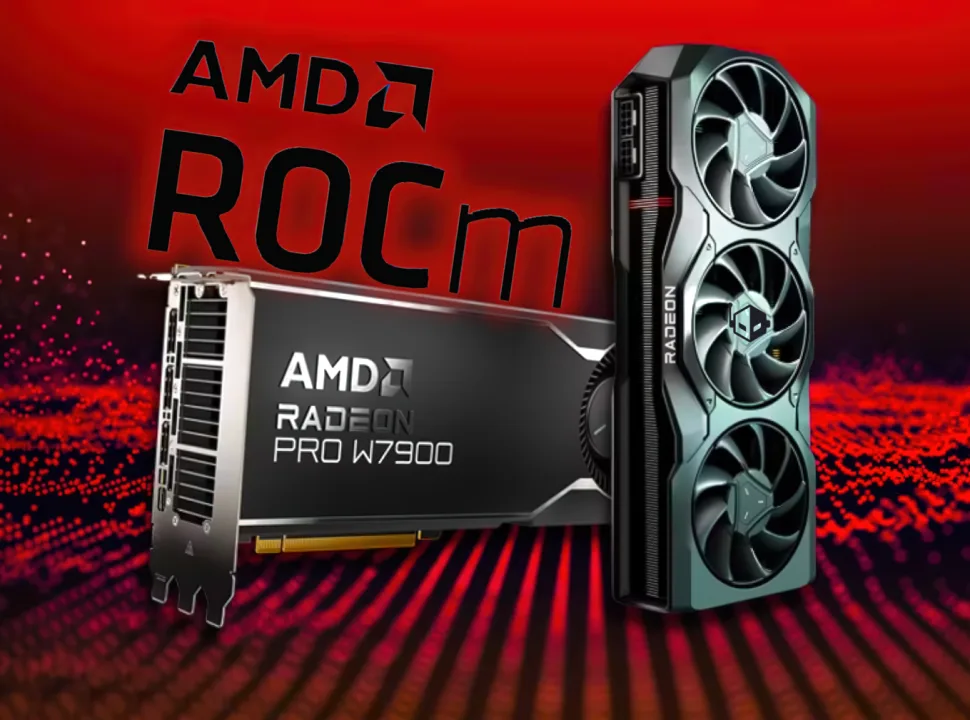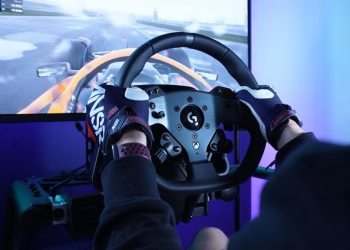Intel has revealed its plans to make Path Tracing available to everyone and all types of GPUs with real-time neural rendering. According to 80.lv, Intel has published a number of research papers discussing real-time neural rendering and its benefits for ray tracing, shading, and sampling. The business intends to implement neural rendering across its GPU lineup in order to offer faster and more efficient ray tracing without the need for a powerful gaming PC.
Intel is developing multiple neural technologies that will enable real-time path tracing with compression rates of 70% – 90% of native path tracing renderers. While doing so, the neural rendering technique may provide improved performance. Intel addressed this in the “Path Tracing a Trillion Triangles” seminar.
Intel demonstrated how “Efficient” algorithms such as Neural Rendering can enable Path Tracing on lower-powered and more budget-oriented GPUs in their demonstration.

At the moment, a game like Cyberpunk 2077, which is the only one with true path-traced graphics, requires at least a GeForce RTX 4090 or RTX 4080 to run at 4K.
Anything less than that necessitates the use of DLSS techniques, which can, in some cases, damage the visual accuracy of the underlying image. Intel claims that its technique can enable real-time Path Tracing not only on low-cost Arc GPUs, but also on integrated GPUs (iGPUs).
The company also plans to open-source its real-time neural rendering cross-vendor framework, which will be useful for developers and third-party hardware makers. It is well known that Intel has been quite open with its technological approach, with XeSS being supported on both AMD and NVIDIA hardware.

Meanwhile, NVIDIA is trying to include other Neural rendering technologies into its hardware, such as the recently released Neural Compression technology and the Neural Radiance Caching, which was unveiled at Siggraph 2021 two years ago.
In terms of upscaling visual fidelity, the firm is right on line with NVIDIA because it also relies on AI engines known as XMX, which allow for AI-based upscaling, putting it on par with NVIDIA’s DLSS. Intel’s ray tracing capabilities are also marginally superior to NVIDIA’s Ampere chips, and the company was the first to support AV1 on its hardware.
Also Read:







